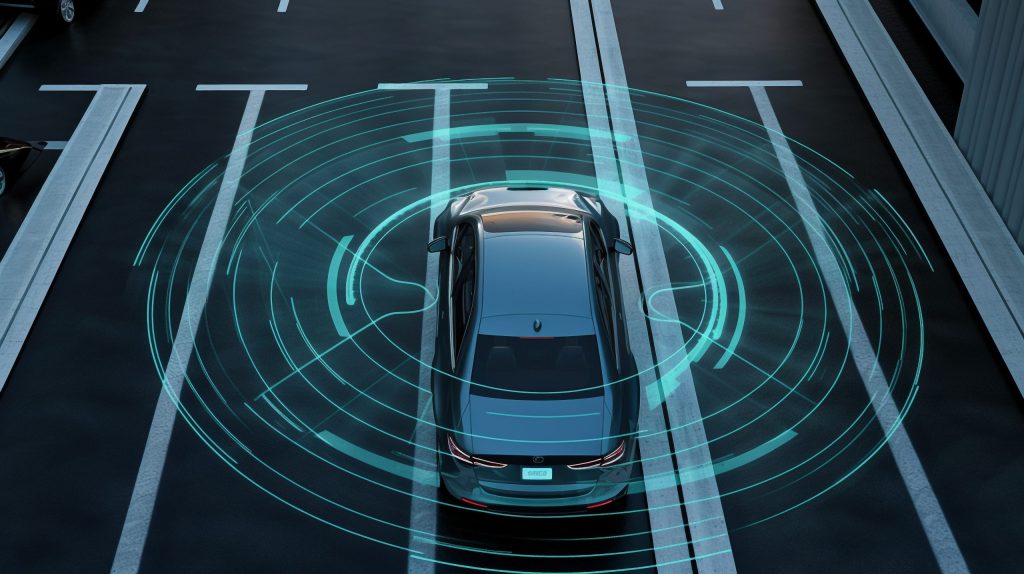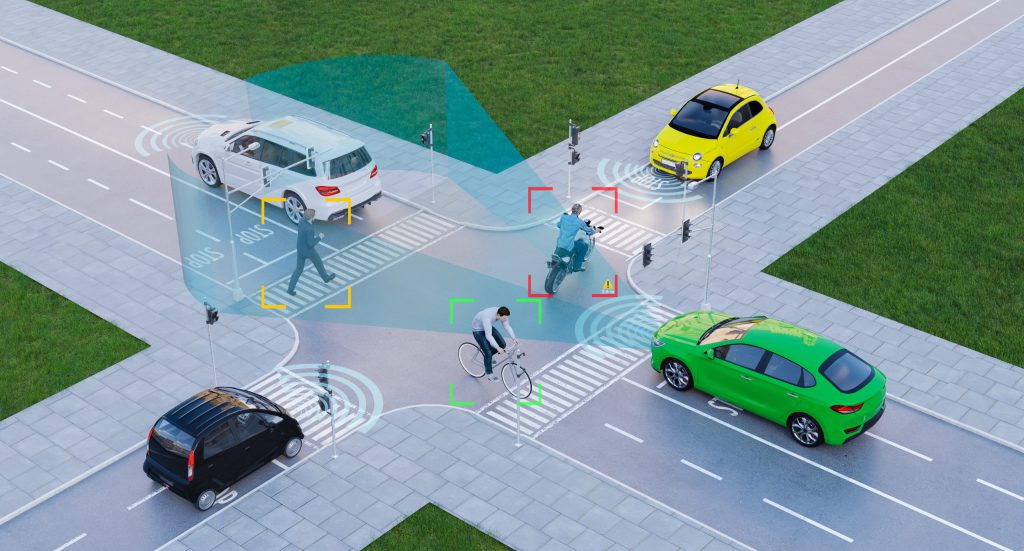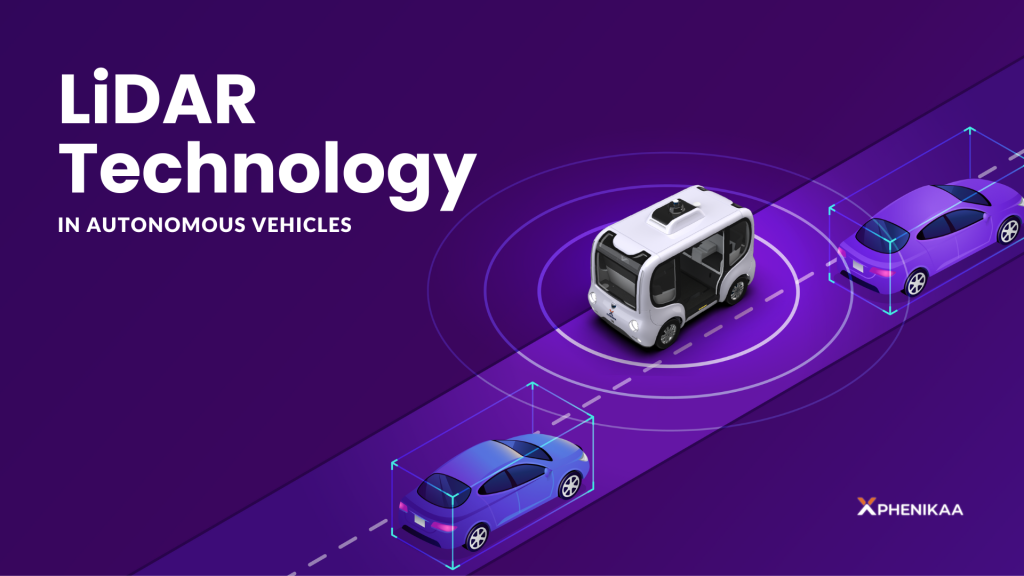Autonomous vehicles, once considered a distant dream, are now on the cusp of becoming a reality. These self-driving marvels have the potential to transform the way we commute, making roads safer, reducing traffic congestion, and revolutionizing transportation as we know it. Among the array of technologies propelling this automotive revolution, LiDAR stands out as a pivotal component. In this blog post, we delve into the critical role of LiDAR technology in the development and deployment of autonomous vehicles.
What is LiDAR?
LiDAR, an acronym for Light Detection and Ranging, is a remote sensing technology that uses laser pulses to measure distances and create detailed three-dimensional maps of the surrounding environment. The LiDAR system consists of laser sensors, a scanning mechanism, and a high-precision GPS unit. When mounted on an autonomous vehicle, LiDAR works in conjunction with cameras, radar, and other sensors to provide a comprehensive view of the vehicle’s surroundings, enabling it to navigate without human intervention.
Enhanced Perception and Safety
The primary function of LiDAR technology in autonomous vehicles is to enhance their perception capabilities. By sending out laser pulses and measuring their reflection times, LiDAR generates a precise 3D representation of the vehicle’s surroundings, including objects, pedestrians, and road infrastructure. This detailed perception allows autonomous vehicles to “see” the environment better than human drivers and make informed decisions to avoid potential hazards. LiDAR’s ability to detect and measure distances with exceptional accuracy ensures that autonomous vehicles can identify even low-contrast or dark objects that may be challenging to spot with traditional cameras or human eyes. Consequently, LiDAR significantly improves the safety of self-driving cars by minimizing the risk of accidents caused by blind spots, adverse weather conditions, or limited visibility.  Explore more: LiDAR Technology In Phenikaa-X Autonomous Vehicles
Explore more: LiDAR Technology In Phenikaa-X Autonomous Vehicles
Mapping and Localization
LiDAR technology also plays a crucial role in mapping and localization, which are essential for precise navigation. When deployed on autonomous vehicles, LiDAR technology can create highly detailed maps of the vehicle’s surroundings, including changes in road infrastructure, lane markings, and traffic signs. These maps are continuously updated, ensuring that the vehicle always has access to the latest information. Additionally, LiDAR aids in vehicle localization by comparing real-time sensor data with the previously generated maps. This process, known as Simultaneous Localization and Mapping (SLAM), allows autonomous vehicles to determine their position accurately in relation to the mapped environment. As a result, self-driving cars can navigate complex routes, including crowded urban areas, with confidence and accuracy.
Obstacle Detection and Collision Avoidance
One of the most significant advantages of LiDAR is its ability to detect and track moving objects in real-time. By continuously scanning the environment, LiDAR enables autonomous vehicles to identify pedestrians, cyclists, and other vehicles, predicting their trajectories and potential interactions with the self-driving car. This information empowers the vehicle’s onboard computer to make split-second decisions for collision avoidance, preventing accidents and ensuring the safety of everyone on the road.  Explore more: The Role of Artificial Intelligence in Autonomous Solutions: Revolutionizing Industries
Explore more: The Role of Artificial Intelligence in Autonomous Solutions: Revolutionizing Industries
Challenges and Future Prospects
While LiDAR technology offers immense potential for the advancement of autonomous vehicles, some challenges need to be addressed. The most significant limitation is the current cost of LiDAR systems, which can be prohibitively expensive for widespread adoption. However, ongoing research and technological advancements are steadily reducing the cost, making LiDAR more accessible to automakers and consumers alike. As the automotive industry continues to innovate, we can expect further refinements in LiDAR technology, leading to increased reliability, longer detection ranges, and improved performance in various weather conditions. Moreover, the integration of LiDAR with other sensor technologies, such as cameras and radar, will create a multi-sensor fusion approach, further enhancing the capabilities of autonomous vehicles. In conclusion, LiDAR technology is a game-changer in the realm of autonomous vehicles. Its precise mapping, enhanced perception, and obstacle detection capabilities are indispensable for safe and efficient self-driving cars. As LiDAR technology continues to evolve, we can anticipate a future where autonomous vehicles are a common sight on our roads, ushering in a new era of transportation that promises increased safety, reduced traffic accidents, and a more sustainable future.

